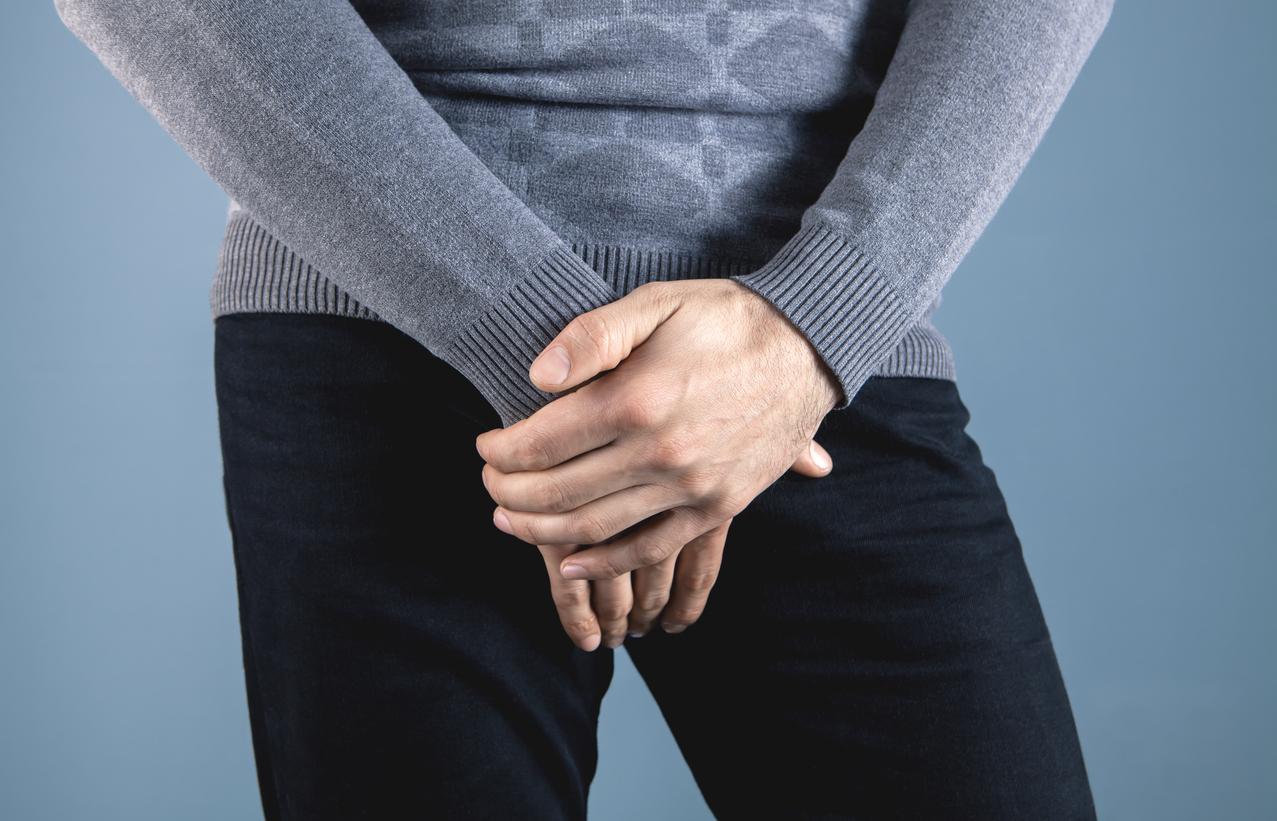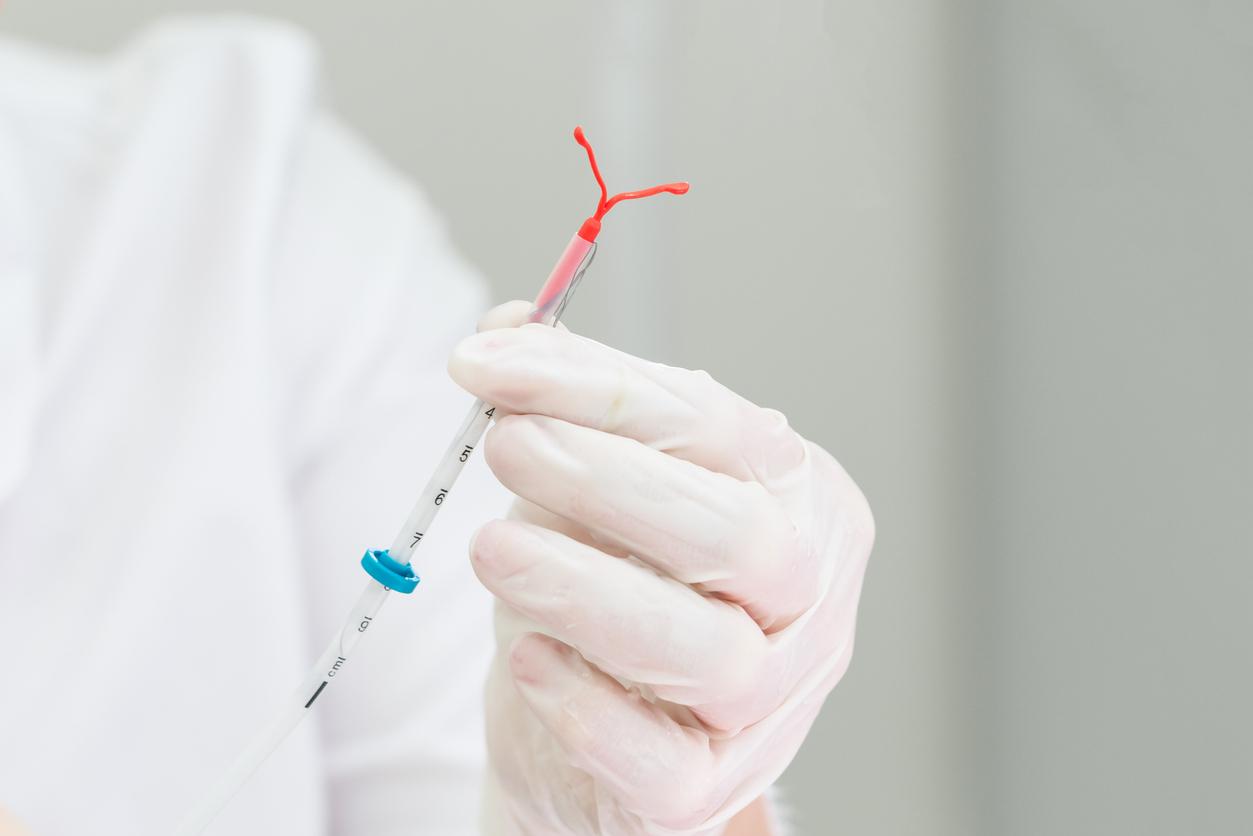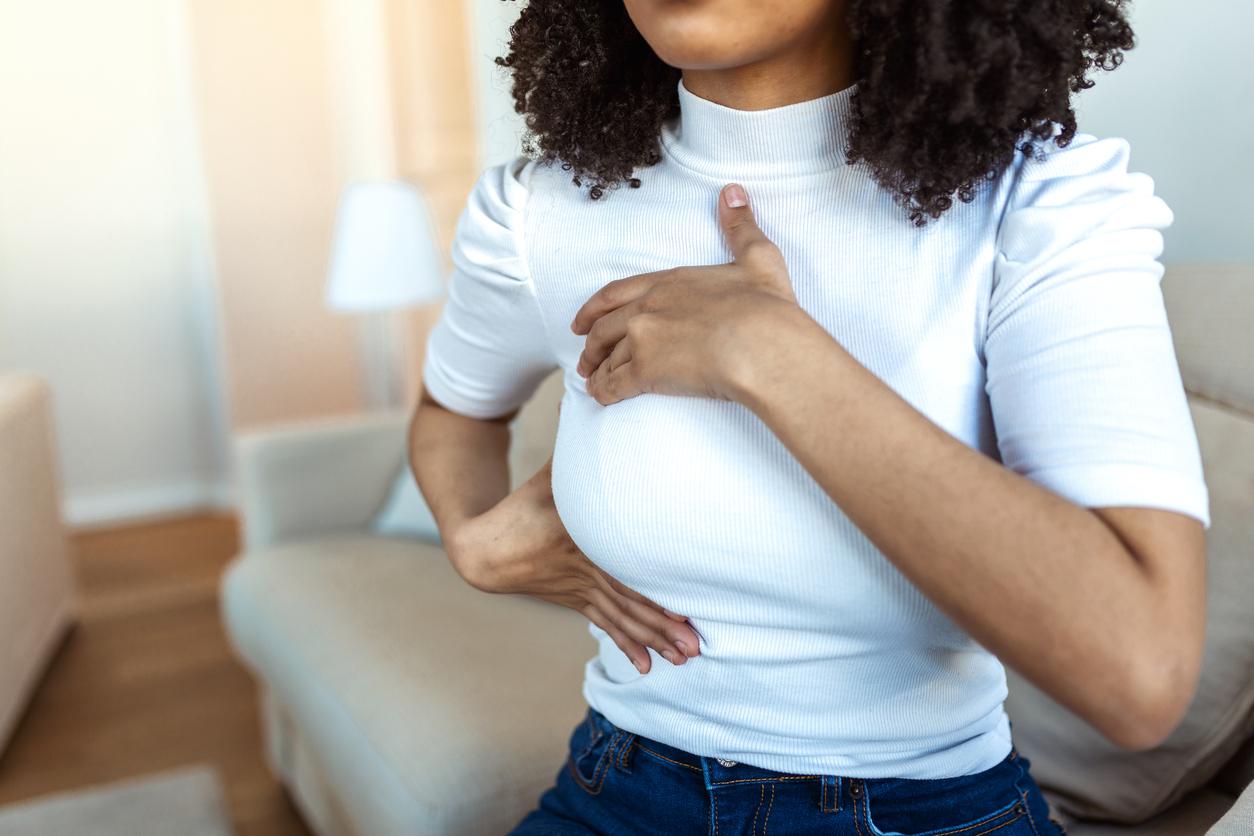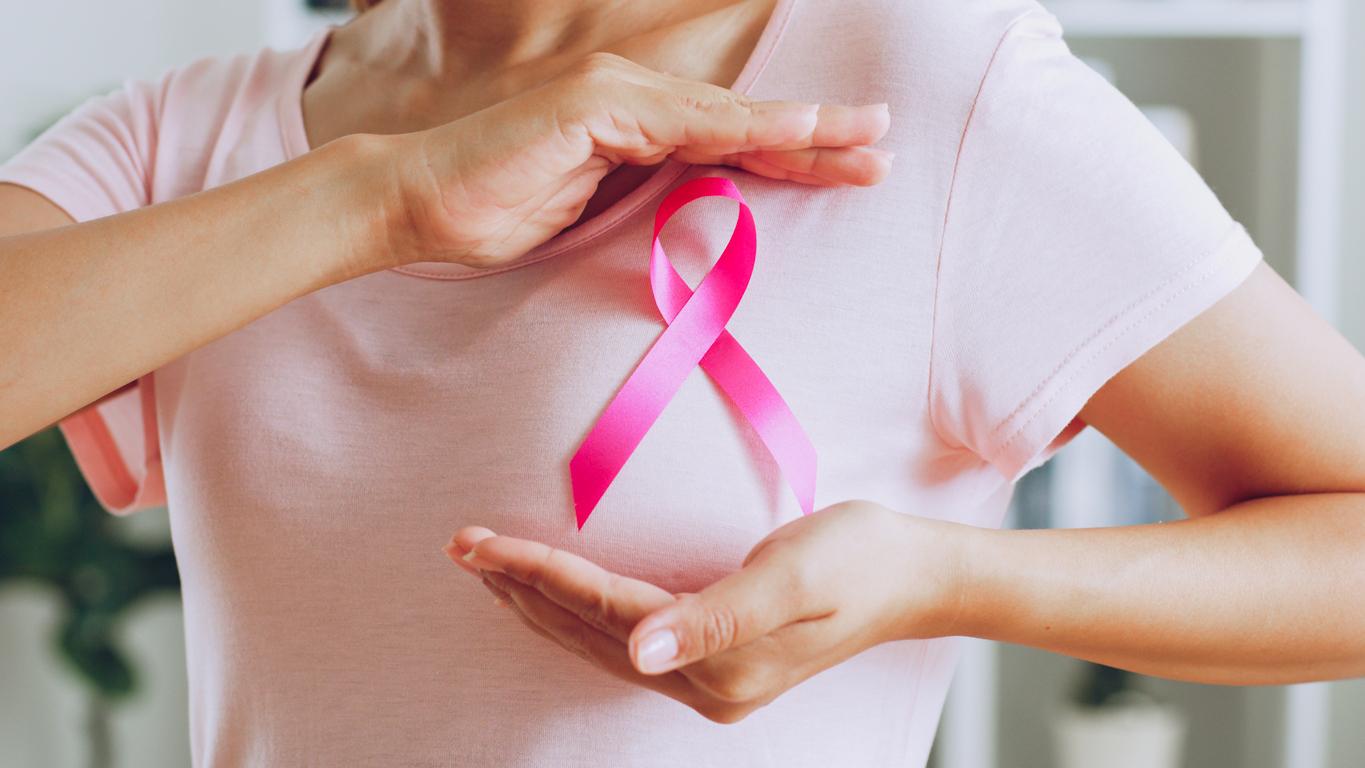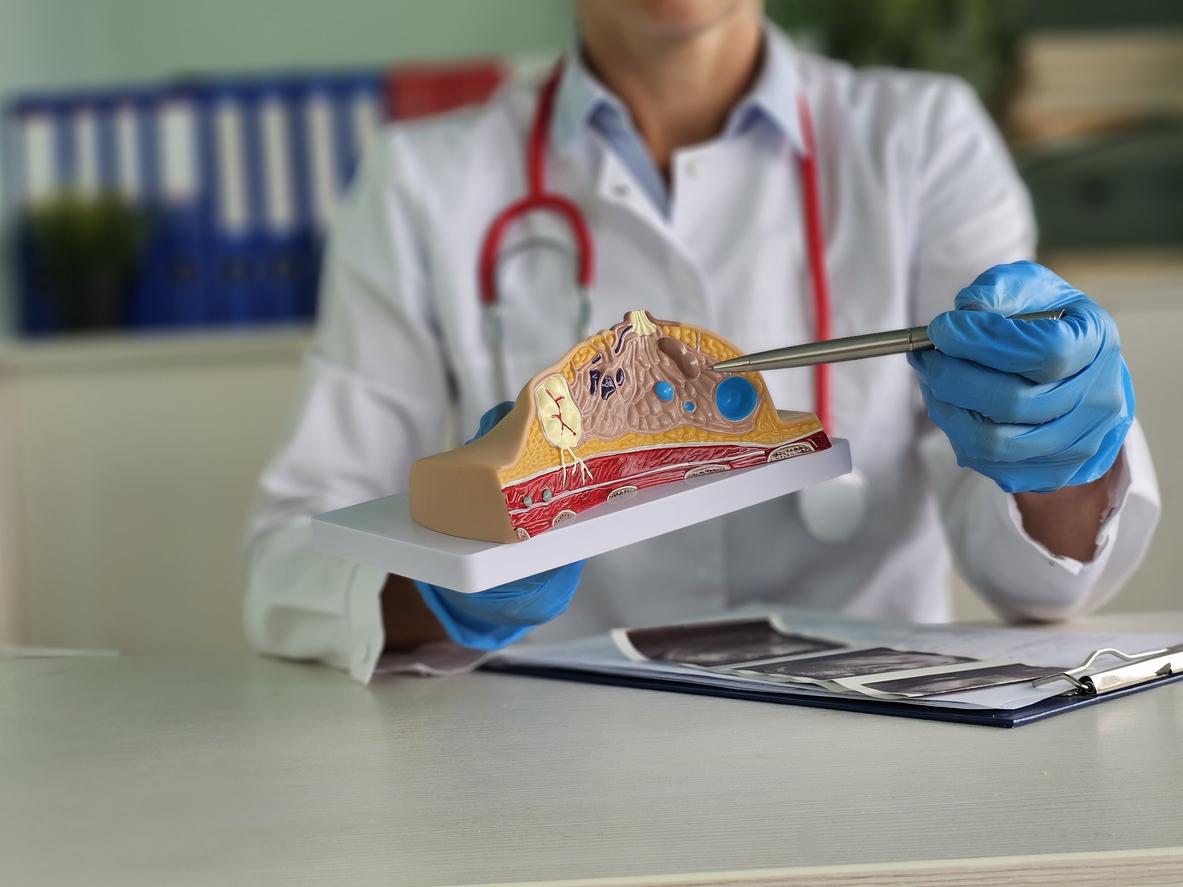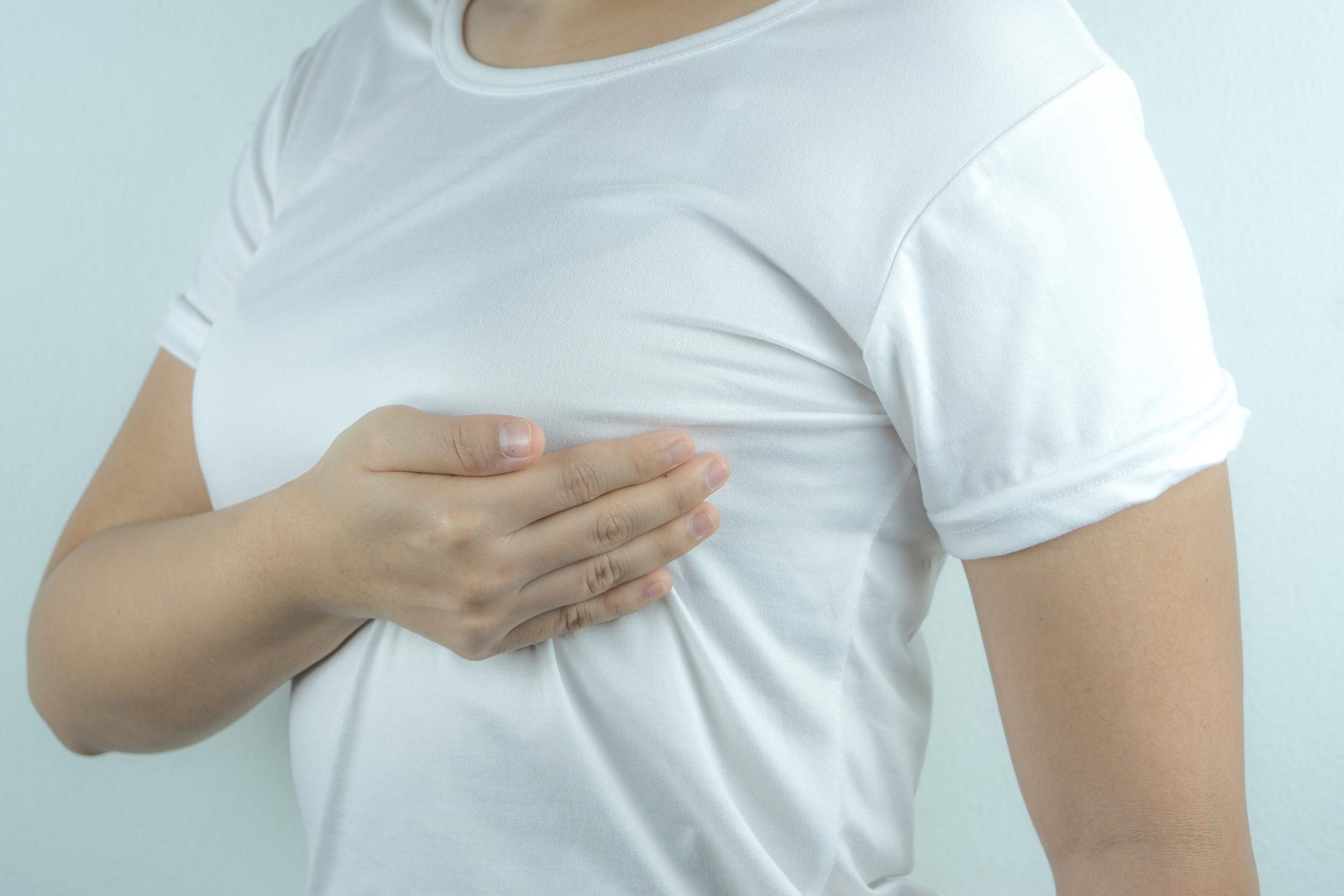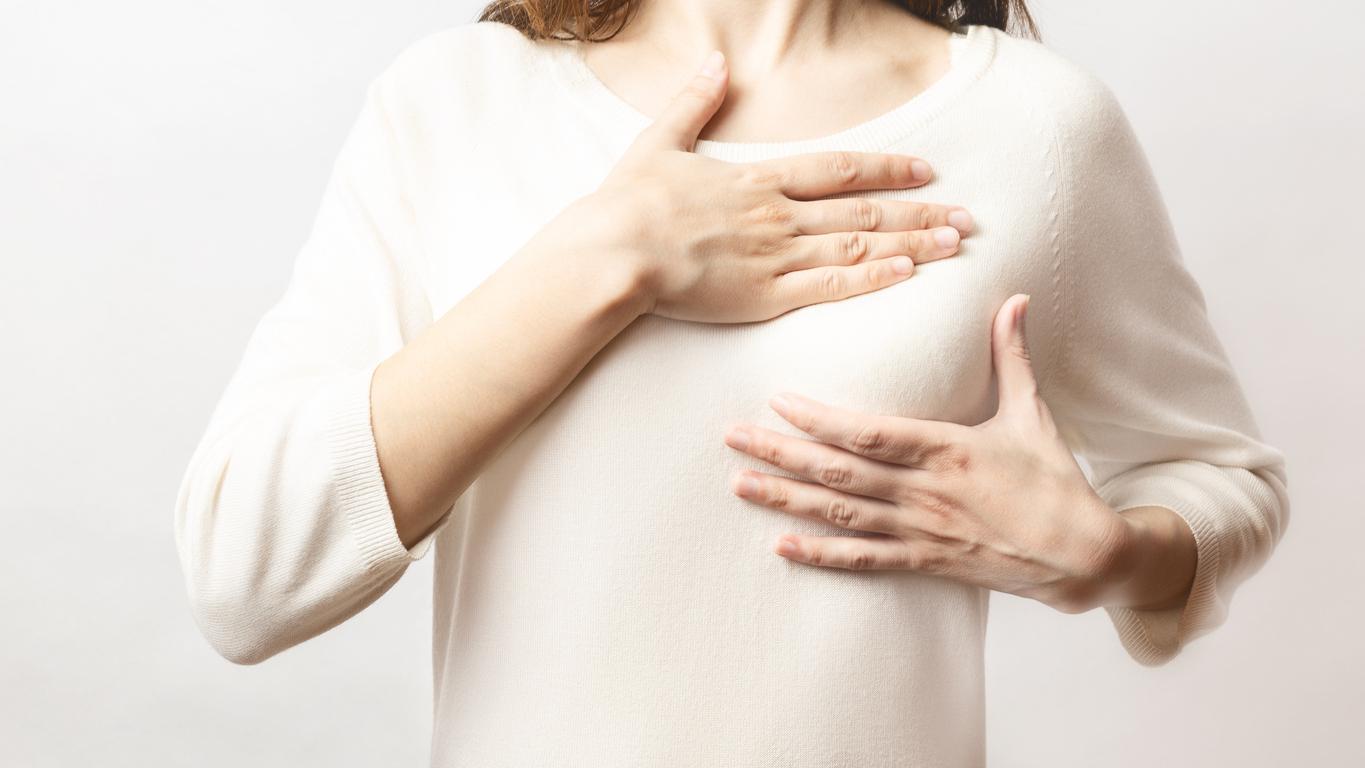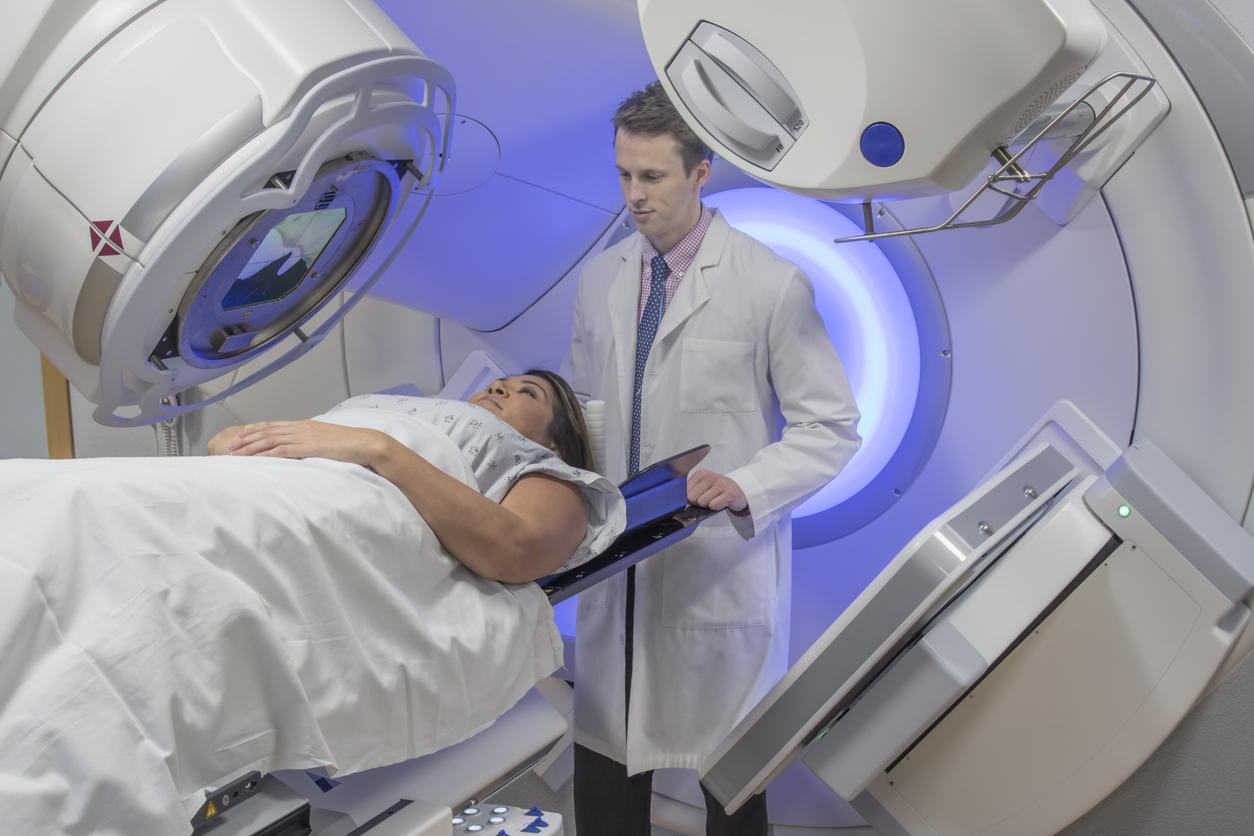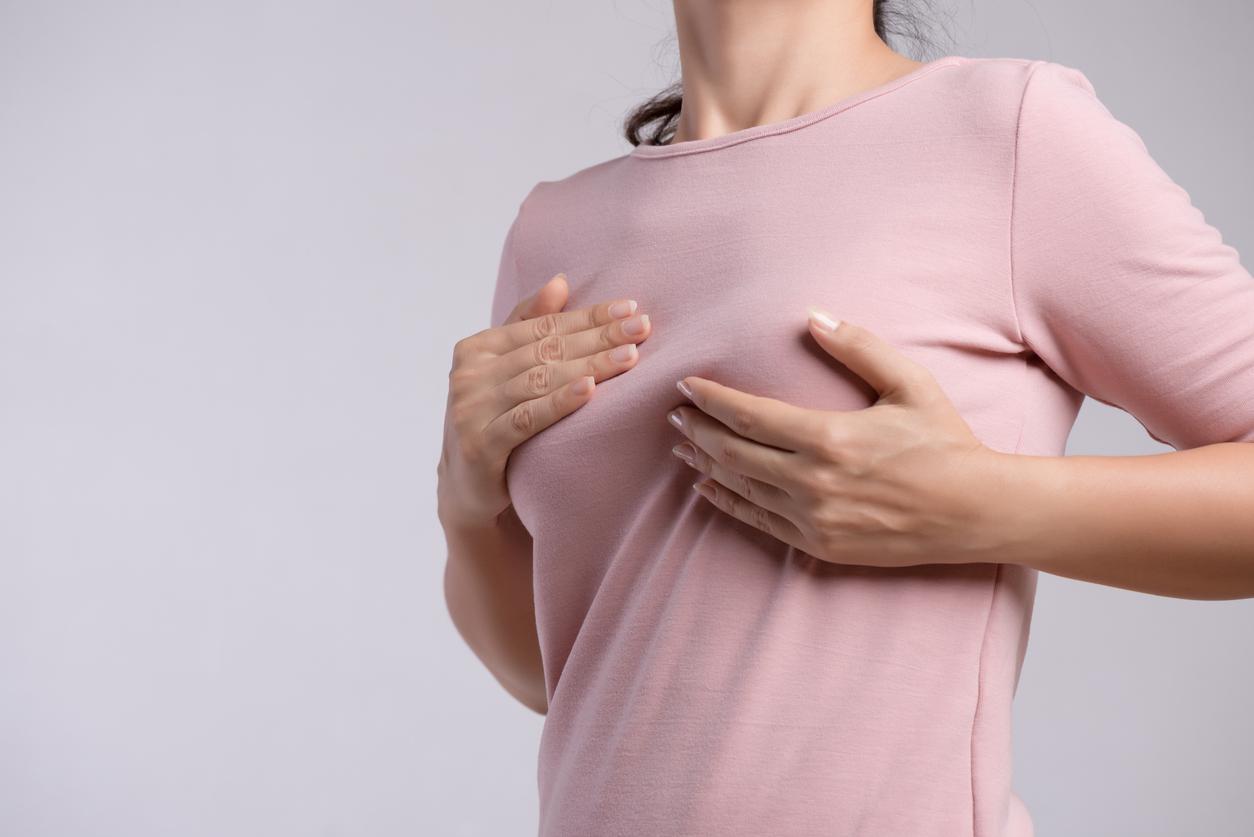Self-examination of the breasts is an effective way to quickly detect an anomaly, and therefore potentially, breast cancer at an early stage.

- 1 in 8 women is affected by breast cancer in France.
- Breast cancer detected early enough is cured in 90% of cases.
- Organized screening allows women between the ages of 50 and 74 to be checked every two years. There are on average 7 breast cancers detected for every 1,000 women screened.
Breast cancer is the most common among women in France, with nearly one in eight women affected. Age, genetic predisposition, a personal history of breast pathology and a personal history of high-dose medical chest irradiation are the main known risk factors, recalls Public Health France. Overweight, obesity, smoking, alcohol, certain hormonal treatments (especially during menopause), and air pollution are also suspected of increasing the risks.
Whatever the age, and especially from the age of 30, it is therefore important to know and observe your chest, in order to identify any modification likely to alert you to the development of a tumour.
Breast self-examination: the guide to good gestures
“To perform a good self-examination, it must be done with the hand flat on the breast by rolling the mammary gland on the fingers”, says radiologist Dr Brigitte Seradour. “You have to imagine that the breast is separated into four quarters in order to feel each of them to see whether or not something unusual: for example a lump that looks like a hard cherry stone, a slightly harder plate of a side than the other, a discharge that comes easily when the nipple is squeezed, etc. By themselves, these are not serious signs, but they require the consultation of a doctor.”
The specialist, however, warns about when the woman should perform this examination: “It should always be done after menstruation because before, women have swollen breasts, so you can feel many things that disappear afterwards.”
Shape, skin, nipple: pay attention to the signs of the chest
The shape of the breast, the skin and the nipple are three key elements to monitor. In this case, it is necessary to identify for:
- the shape of the breast: a change in volume or appearance, a difference between one breast and the other, a deformation, a visible or palpated mass in the breast or in the armpit;
- the skin: orange peel, thickening, change in colour, persistent redness, the formation of dimples (small hollows or puckers), a feeling of localized heat, ulceration or a wound, new veins that are more apparent, shrinkage of the skin;
- the nipple: a change in appearance, spontaneous discharge, inversion, deviation, persistent eczema.
In case of doubt, it is advisable to speak quickly with your doctor or a gynecologist.










